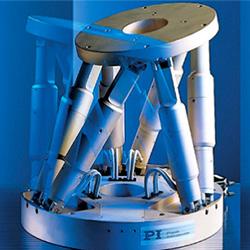Adidas is using robots to produce small-batch, local-market shoes
.jpg) Greg Nichols for ZDNet: Shoemaker Adidas just rolled out the first of six local-market running shoes made in its so-called "Speedfactory" in Germany.
Greg Nichols for ZDNet: Shoemaker Adidas just rolled out the first of six local-market running shoes made in its so-called "Speedfactory" in Germany.
The running shoe is designed for Londoners, and will be followed by five additional models created for markets like Paris, Los Angeles, and New York.
It's an early step in a bold experiment by a global retailer to use time-saving robots to design small-batch collections, a departure from the mass production methods employed by global shoe and apparel brands.
Adidas produces about 600 million pairs of shoes other apparel items per year. The brand relies on about a million factory workers in China and Vietnam.
But as the shoe industry becomes more focused on hype-driven releases where scarcity and design play an important role in brand credibility, the old global manufacturing chain has become a hinderance. It typically takes Adidas a year or more to design, source, and deliver a shoe to market. Due to the economics of production, the brand must produce minimum batches of 50,000 or 100,000 shoes to make a profit. Full Article:
Featured Product

